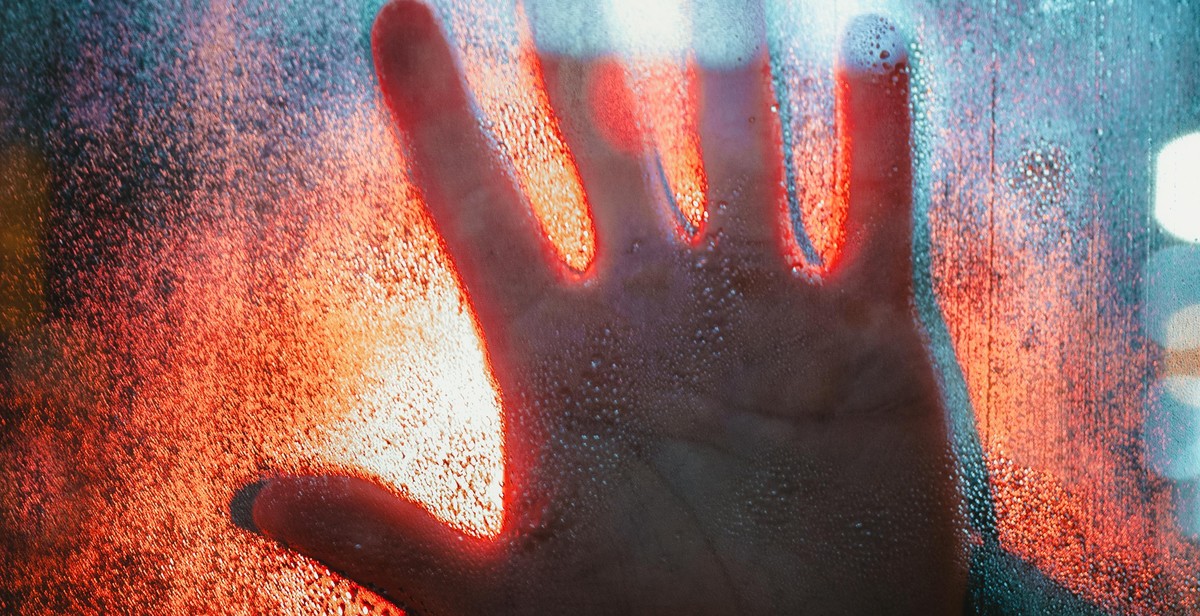Introduction: Protecting Your Skin from UV Damage and Sunburn
As the summer months approach, it’s important to understand the dangers of UV radiation and the importance of protecting your skin from sunburn. While the sun’s rays can feel great on your skin, too much exposure can cause long-term damage, including premature aging and an increased risk of skin cancer.
Understanding UV Radiation
Ultraviolet (UV) radiation is a type of electromagnetic radiation that comes from the sun. There are three types of UV radiation: UVA, UVB, and UVC. UVA and UVB are the types that reach the earth’s surface, and they can both cause damage to your skin.
UVA rays can penetrate deep into your skin and cause long-term damage, such as wrinkles, age spots, and an increased risk of skin cancer. UVB rays are responsible for sunburn and can also lead to an increased risk of skin cancer.
The Dangers of Sunburn
Sunburn occurs when your skin is exposed to too much UV radiation, and it can be a painful and dangerous experience. In addition to the short-term discomfort, sunburn can also lead to long-term damage, including an increased risk of skin cancer.
It’s important to take steps to protect your skin from sunburn and UV damage, whether you’re spending a day at the beach or just running errands around town. By understanding the risks and taking the necessary precautions, you can enjoy the sun safely and keep your skin healthy for years to come.

Preventing Sunburn
Sunburns can be painful and can cause long-term damage to your skin. Here are some ways to prevent sunburn:
Wear Protective Clothing
Wearing protective clothing is one of the best ways to prevent sunburn. Cover your skin with long-sleeved shirts, pants, and wide-brimmed hats. Dark colors and tightly woven fabrics offer better protection than lightweight, light-colored fabrics.
Apply Sunscreen Regularly
Sunscreen is a must-have when you’re spending time outdoors. Apply a broad-spectrum sunscreen with an SPF of at least 30 to all exposed skin, including your face, neck, and ears. Reapply every two hours or after swimming or sweating. Don’t forget to apply sunscreen to your lips, as they can also get sunburned.
Avoid Peak Sun Hours
The sun’s rays are the strongest between 10 a.m. and 4 p.m. If possible, try to stay indoors or in shaded areas during these hours. If you need to be outside, seek shade under trees, umbrellas, or canopies.
Remember, sunburns can happen even on cloudy days, so it’s important to protect your skin every time you go outside.

Choosing the Right Sunscreen
With so many sunscreen options available in the market, it can be overwhelming to choose the right one. When buying sunscreen, look for the following:
SPF
Sun Protection Factor (SPF) is a measure of how well a sunscreen can protect your skin from UVB rays, which are the main cause of sunburn. The higher the SPF, the more protection it provides. A sunscreen with an SPF of at least 30 is recommended by dermatologists. However, it’s important to note that no sunscreen can provide 100% protection.
Broad Spectrum Protection
UV rays consist of both UVA and UVB rays. UVA rays penetrate deep into the skin and can cause premature aging, while UVB rays cause sunburn. Look for a sunscreen that offers broad-spectrum protection, which means it protects against both UVA and UVB rays. This will ensure that your skin is protected from all types of UV damage.
Water Resistance
If you plan to spend time in the water or sweat a lot, it’s important to choose a water-resistant sunscreen. Water-resistant sunscreens can provide protection for up to 80 minutes in water, while very water-resistant sunscreens can provide protection for up to 120 minutes in water. However, it’s important to reapply sunscreen every two hours or after swimming or sweating, even if the sunscreen is water-resistant.
| SPF | Protection |
|---|---|
| 15 | Blocks 93% of UVB rays |
| 30 | Blocks 97% of UVB rays |
| 50 | Blocks 98% of UVB rays |
| 100 | Blocks 99% of UVB rays |
Remember to apply sunscreen 15-30 minutes before going outside and reapply every two hours or after swimming or sweating. By choosing the right sunscreen, you can protect your skin from UV damage and sunburn.

Treating Sunburn
Sunburn can be a painful experience, but there are ways to help ease the discomfort and speed up the healing process. Here are some tips on how to treat sunburn:
Cool the Skin
One of the first things you should do when you have sunburn is to cool the affected area. Take a cool shower or bath, or apply a cool compress to the skin. Be careful not to use ice or very cold water, as this can damage the skin further. Cool water will help to reduce inflammation and soothe the skin.
Apply Aloe Vera
Aloe vera is a natural remedy that can help to soothe sunburned skin. It has anti-inflammatory properties and can help to reduce redness and swelling. Apply aloe vera gel to the affected area as often as needed. You can buy aloe vera gel from most drugstores or health food stores, or you can use fresh aloe vera from a plant.
Take Pain Relievers
If your sunburn is causing pain, you can take over-the-counter pain relievers such as ibuprofen or acetaminophen. These medications can help to reduce pain and inflammation. Be sure to follow the instructions on the label and do not exceed the recommended dose.
Remember, prevention is always better than cure when it comes to sunburn. Be sure to protect your skin from the sun by wearing protective clothing, using sunscreen, and avoiding the sun during peak hours. If you do get sunburned, follow these tips to help ease the discomfort and promote healing.

Conclusion
UV damage and sunburns can cause serious harm to your skin, but with the right precautions, you can protect yourself and enjoy the sun safely. Remember to:
- Apply sunscreen with at least SPF 30 daily, even on cloudy days
- Reapply sunscreen every two hours or after swimming or sweating
- Wear protective clothing, such as long-sleeved shirts and wide-brimmed hats
- Seek shade during peak sun hours (10 a.m. to 4 p.m.)
- Avoid tanning beds and sun lamps
By following these tips, you can reduce your risk of skin cancer, premature aging, and other harmful effects of UV radiation. Don’t forget to perform regular skin checks and see a dermatologist if you notice any changes or unusual moles.
Protecting your skin from UV damage should be a top priority, no matter what your skin type or age. With a little extra care and attention, you can enjoy the outdoors without putting your skin at risk.
